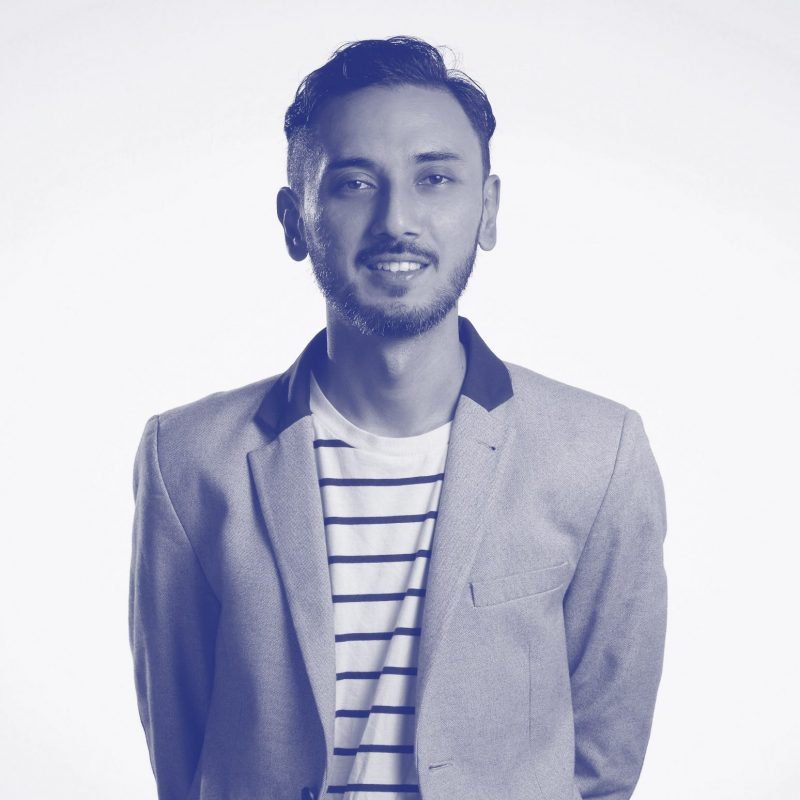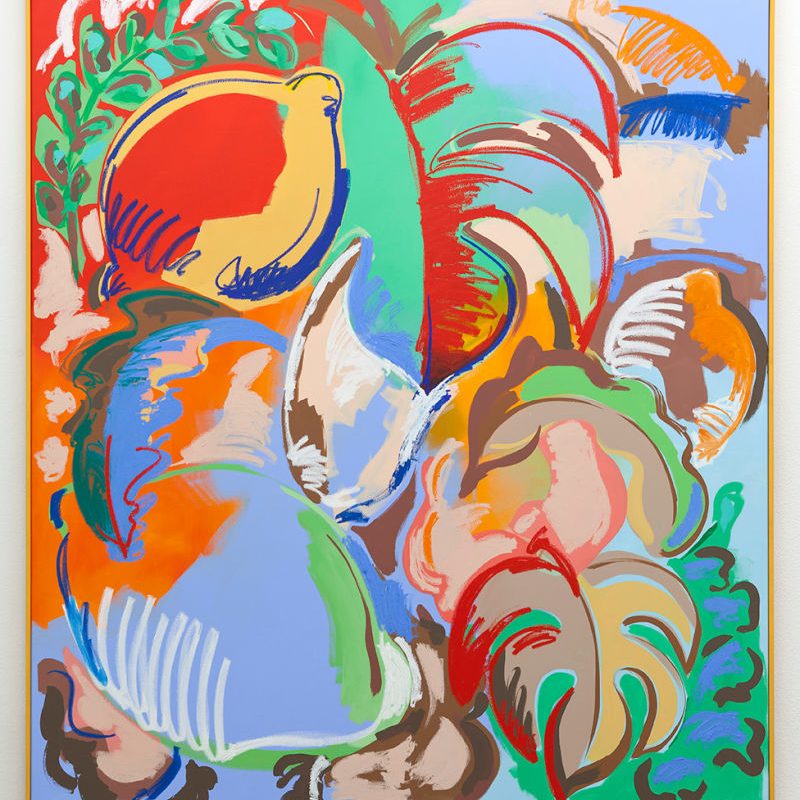Melanie Pocock, curator of Ikon in Birmingham, UK, will be leading our upcoming Chapters course, The Language of Contemporary Art, on 25 September. Here, we speak to Melanie about her practice, how she sees public engagement in terms of contemporary art, and what we can expect from the upcoming course.
1. You have at least a decade of international experience in the arts, ranging from programming to curating to writing. What are your favourite or most fulfilling parts of the jobs you do?
There are so many! But if I had to choose, working closely with artists would top the list. I learn so much from how they see and innovate the world around them. Equally, seeing audiences connect with an artist’s vision in an exhibition that I’ve curated always feels wonderful. Language is a key tool. If someone reads something that I’ve written about an artist and says “thank you – I understand their work so much more now that I’ve read this” – well, that’s incredibly gratifying!
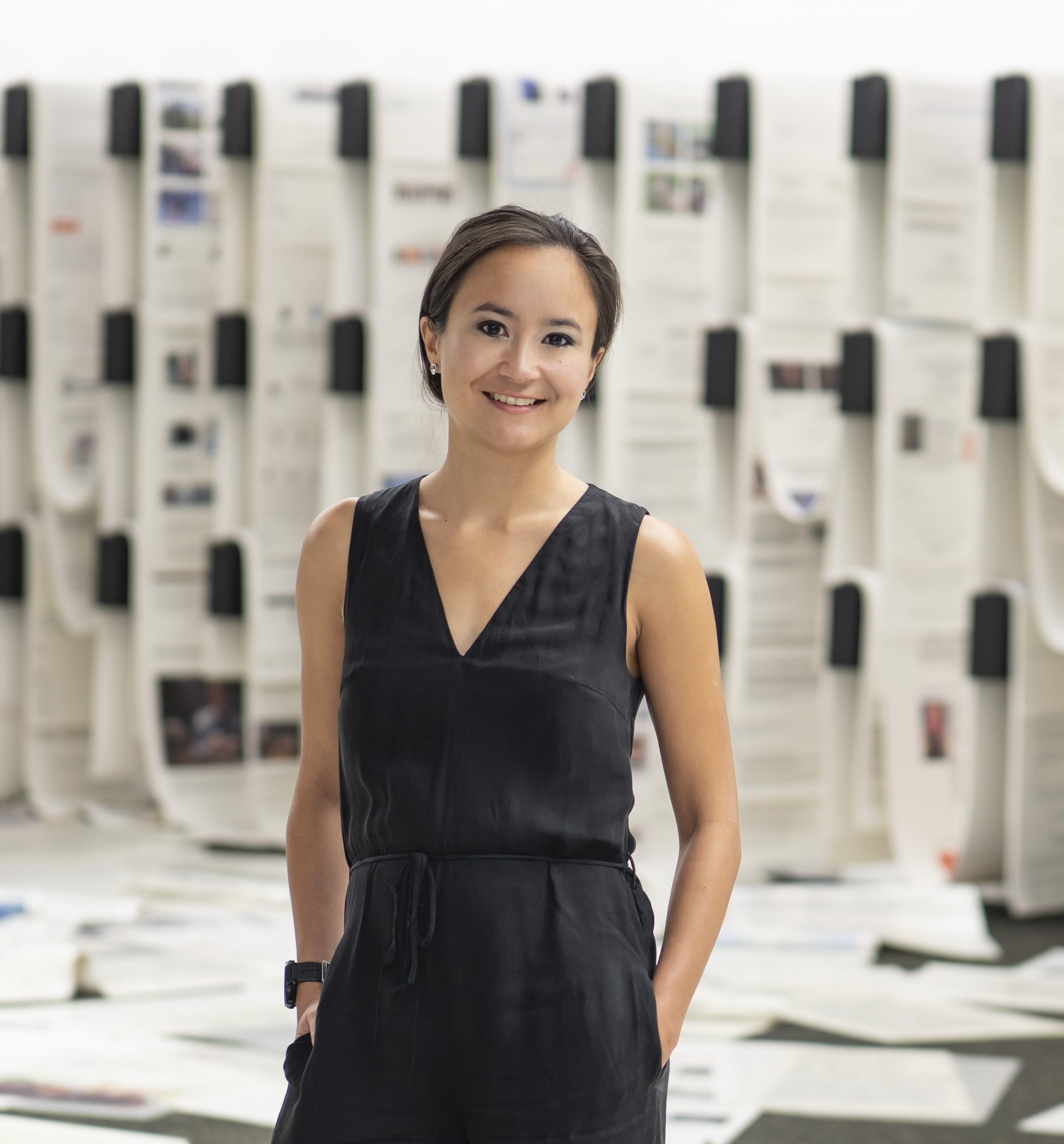
Melanie Pocock
2. Prior to your current engagements, you were on the curatorial team of the Institute of Contemporary Art Singapore. Could you speak about public engagement in terms of contemporary art in Singapore?
Engagement is a tricky term. It often implies a one-way relationship (where one person or thing is engaging another). I think the problem often starts with people thinking that they need “to be engaged” in order to enjoy contemporary art, rather than having the confidence to build their own relationship with an artist or art work. Having a reaction – whatever that might be – is the starting point for any enjoyable relationship with art.
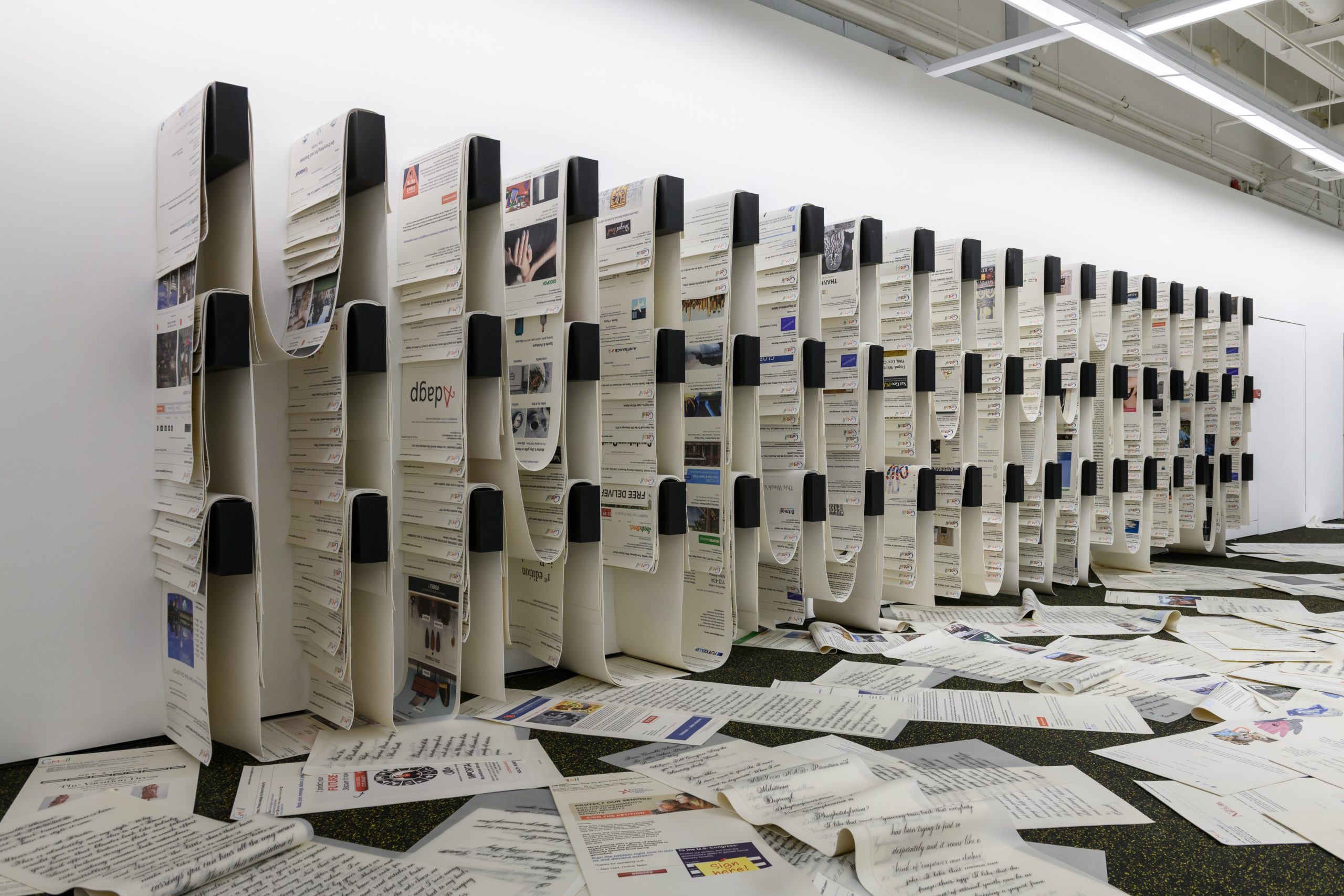
Camille Henrot, Office of unreplied emails, 2016-17, digital prints on silicone, wooden racks, rubber floor covering. Image courtesy of LASALLE College of the Arts.
–
3. Coming from educational institutions, what do you think of the role of education in shaping public engagement and collecting contemporary art?
Education is the essence of what I do as a curator. I’m always in the process of learning (and un-learning) ideas and knowledge around art. As a collector, if you feel like you’re learning something about yourself, an artist and/or art when visiting an exhibition, that’s the most important thing. We are happiest when learning!
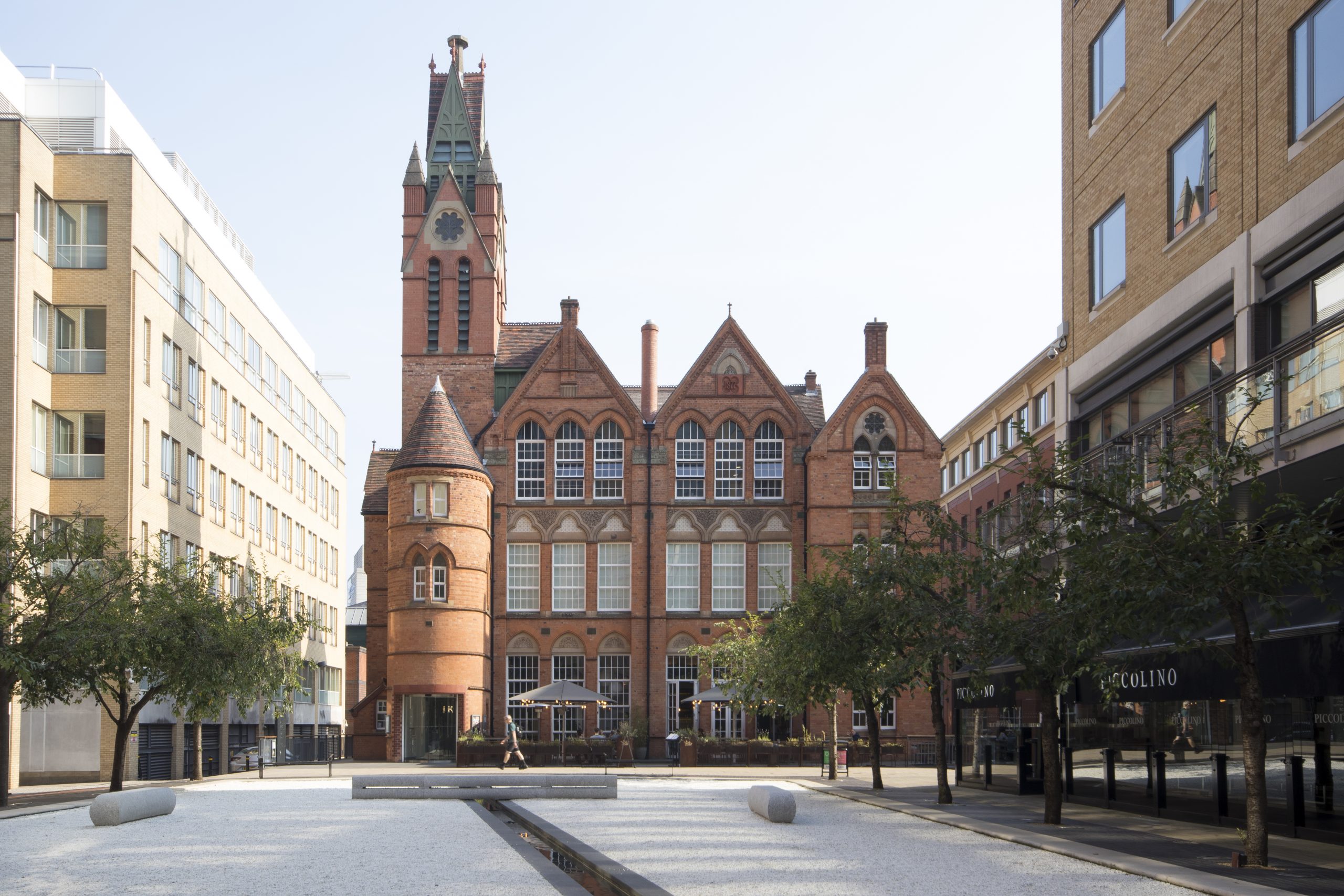
Exterior of Ikon Gallery. Image courtesy of Ikon, Birmingham.
–
4. How does Ikon encourage this engagement? What are some of the institution faces in this regard?
As a registered charity, education has always been core to Ikon’s mission. Bringing art and artists outside of the gallery through off-site projects and artists’ residencies is central to that mission. Keeping exhibitions and public programmes free is also vital. It ensures that anyone, no matter their means or background, can access and enjoy art.
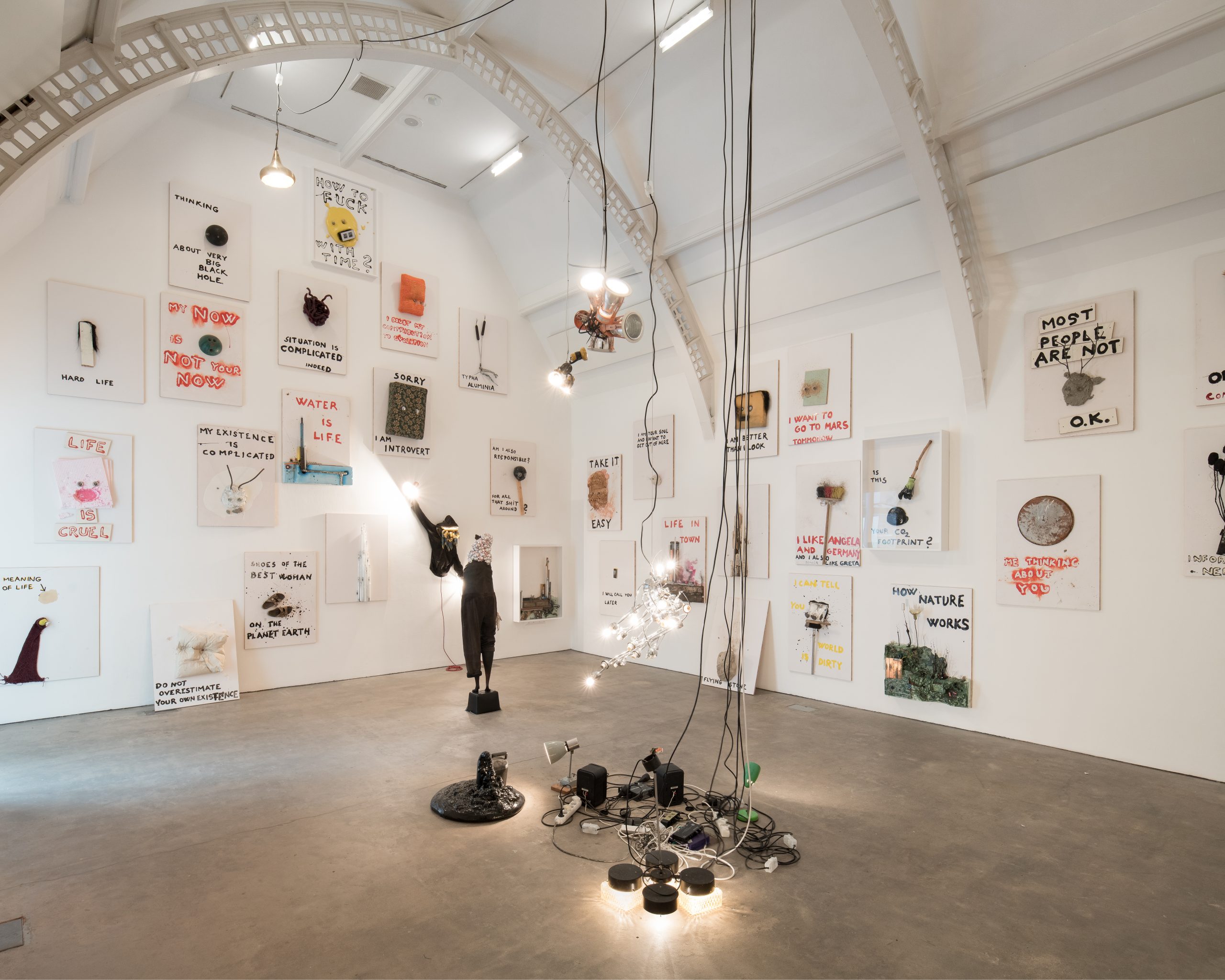
Installation view, Krištof Kintera THE END OF FUN! at Ikon Gallery, Birmingham UK, 2020 © Ikon Gallery. Photographer: Tom Bird.
5. The Language of Contemporary Art aims to help attendees to develop confidence when it comes to speaking about contemporary art and engaging with art exhibitions, exploring art as a source of meaning. How did you build the curriculum for this course, and what can attendees anticipate?
We’ve built the curriculum based on our own experience of working in public institutions and from talking with collectors and visitors about their experience with language (texts, in exhibitions, etc). Taking attendees through the experience of an exhibition and how to “read” its physical and textual elements will form a key part of the course. Expect conversation and exercises that will help attendees articulate their own, unique relationship to contemporary art.







